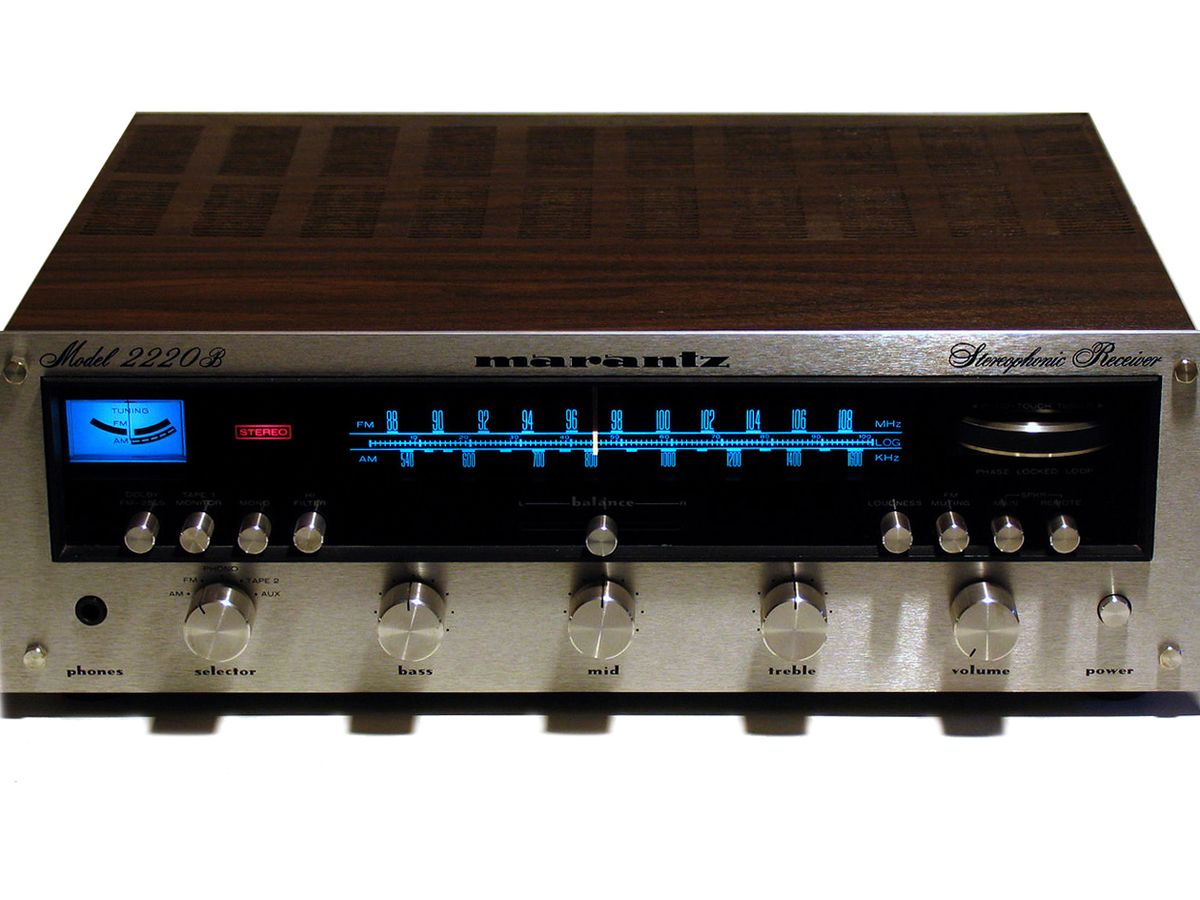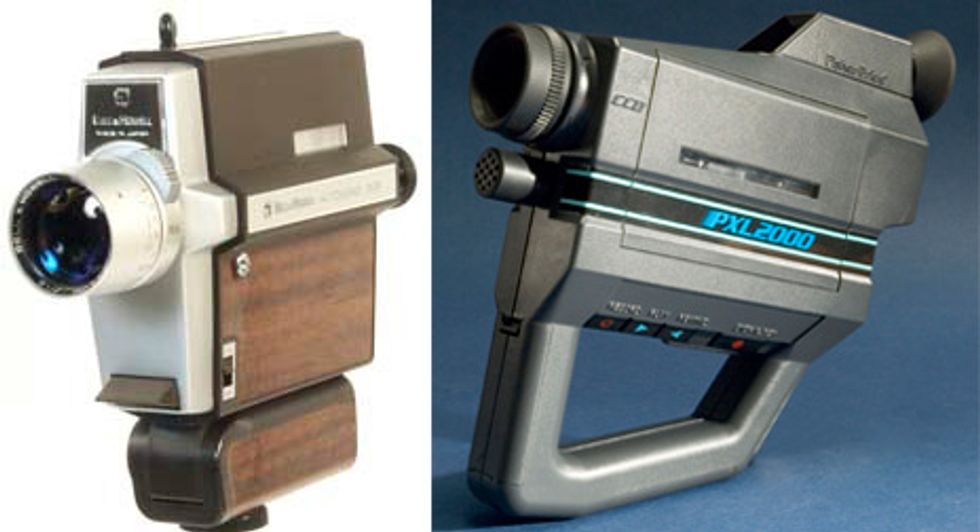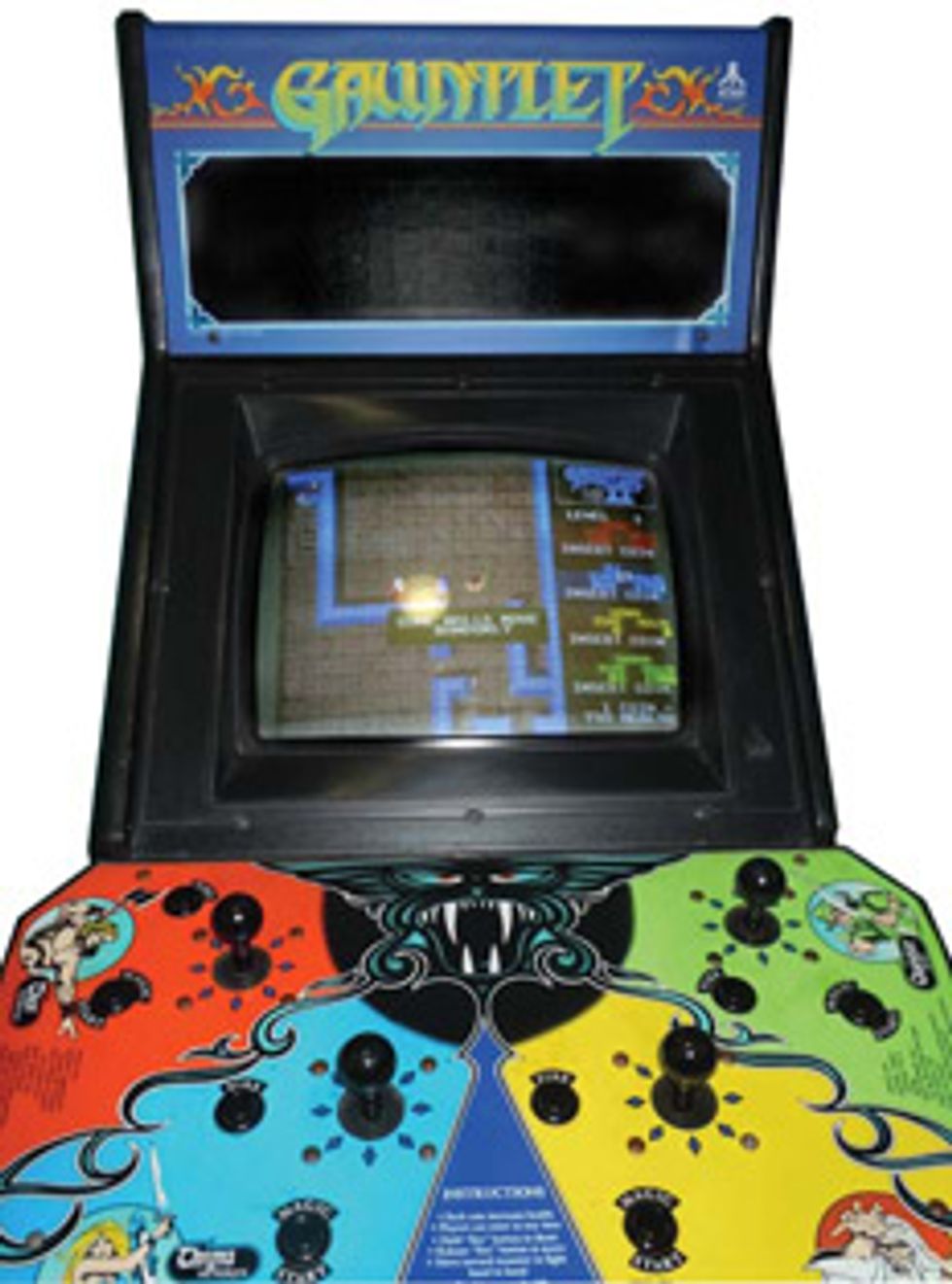Tech enthusiasts live in the grip of reverse nostalgia, forever pining for 18 months hence. After all, another way to state Moore’s Law is “They don’t make them like they’re going to.” But there is a subset of electronics devices that were made better or cooler, once upon a time. And there’s a bustling retro-electronics subculture busy cataloging, chronicling, and collecting these old-school gems.
At the top of the stack is a world of 1970s-vintage high-end audio systems that Tim Whyte, based in Carmichael, Calif., caters to on his website, Classicaudio.com. To feel the difference from modern systems, he says, “all you’ve got to do is pick one of these things up. They’re actually made out of wood, metal, glass. These things were a year’s worth of mortgage payments back in the day.”
During the golden age for audio equipment—the 1970s—emerging stereo brands like Marantz, Nakamichi, Pioneer, and Sansui vied for the American leisure market with systems that were wildly overengineered for home use. Whyte attributes this excess partly to some tight standards imposed by the U.S. Federal Trade Commission on advertising claims about the watts-per-channel ratings for hi-fi amplifiers.
Amplifiers “had to do one-third of the rated power for 30 minutes and not blow up, which is considered a ridiculously hard test by today’s standards,” says Whyte, who has been working full-time since 2007 refurbishing and selling classic stereo components. “As a result, these things were built like tanks.”
CLASSIC LOOKS: For those who prefer film to digital, this Bell & Howell movie camera [top left] will accept Super 8 film, while a real historical oddity is the Fisher-Price PXL-2000 (PixelVision) [top right], which recorded images captured by a CCD onto audio cassette tapes. The Gauntlet arcade game’s cabinet [bottom left] allowed four people to play simultaneously.
Today’s home stereo components with four-figure price tags will likely outperform these veterans, but Whyte argues that in the US $400 to $600 range, refurbished 1970s amplifiers and preamplifiers sound as good as or better than any new equipment. And the classic components, built for a lifetime of use, can be expected to outlive their 21st-century equivalents. They’re also often more easily repaired. Owners looking to replace a vacuum tube, for example, will find a flourishing market for “new old stock”—unused tubes, often still in their original packaging—at sites like VacuumTubes.net and Vacuum Tubes Inc.
Outside of stereos, retro electronics is more catch-as-catch-can. There are no magic decades, for instance, of film cameras or televisions that put present-day video technology to shame. But there are individual product lines and quirky one-offs that can make the hunt back in time worthwhile. And there is no better chronicler of vintage tech on the Internet than the blog Retro Thing.
The site’s two editors, Bohus Blahut and James Grahame, each have their own favorite categories and gadgets. Grahame notes that vintage Super 8 film cameras and Soviet-era still cameras are coming into their own for their value as purely mechanical, clockwork-wonder gizmos. Specialty websites like USSRPhoto.com and SovietCams.com detail the camera models to seek and the ones to avoid. Old Super 8 cameras are more widely available on sites like eBay. Although getting film developed is not as easy as it used to be, once again the Internet provides: Grahame recommends online film developing houses such as Dwane’s Photo, in Kansas, and Spectra Film and Video, in California.
Blahut, a Chicago-based filmmaker and TV producer, enjoys early electronic video technology. He says he spent years hunting for the Fisher-Price PXL-2000 (PixelVision), a 1987 toy camcorder that recorded wildly wonky and distorted images to audio tapes. (Though he could have paid a premium and bought a PixelVision on eBay at any time, Blahut says he much prefers shopping for vintage tech in its native habitat—thrift stores and garage sales.) There are a surprising number of active PixelVision users, and there have even been PixelVision film festivals in recent years—you can view some entries online at the blog PXL This.
“There are a lot of benefits to the retro lifestyle,” Blahut says. “If you’re into video games, you could go into any thrift store and buy [a PlayStation 2 console] for $10. And you can get as many games as you want for a buck. You just have to get over the cachet of having the latest and greatest thing.”
For those who want to go even further back in time, plenty of early arcade games in their original cabinets are available on eBay and sites like the Vintage Arcade Superstore. Although it’s possible, with emulators such as the Multiple Arcade Machine Emulator, or MAME, to run the actual code of classic titles like Asteroids and Space Invaders on modern personal computers, the original software was designed hand in hand with the cabinets and controllers. (The truly ambitious can travel down the path trod by IEEE Spectrum contributing editor Paul Wallich in his July 2011 article, “Building Your Own Arcade Game.”) Games like Missile Command, Battlezone, and Spy Hunter had one-of-a-kind features like outsize trackballs, unusual screen arrangements, or gearshift levers, which can’t be replicated with generic modern hardware. Depending on the condition and title, prices range from the mid-hundreds to low-thousands of dollars.
This article was updated on 24 September 2012.


